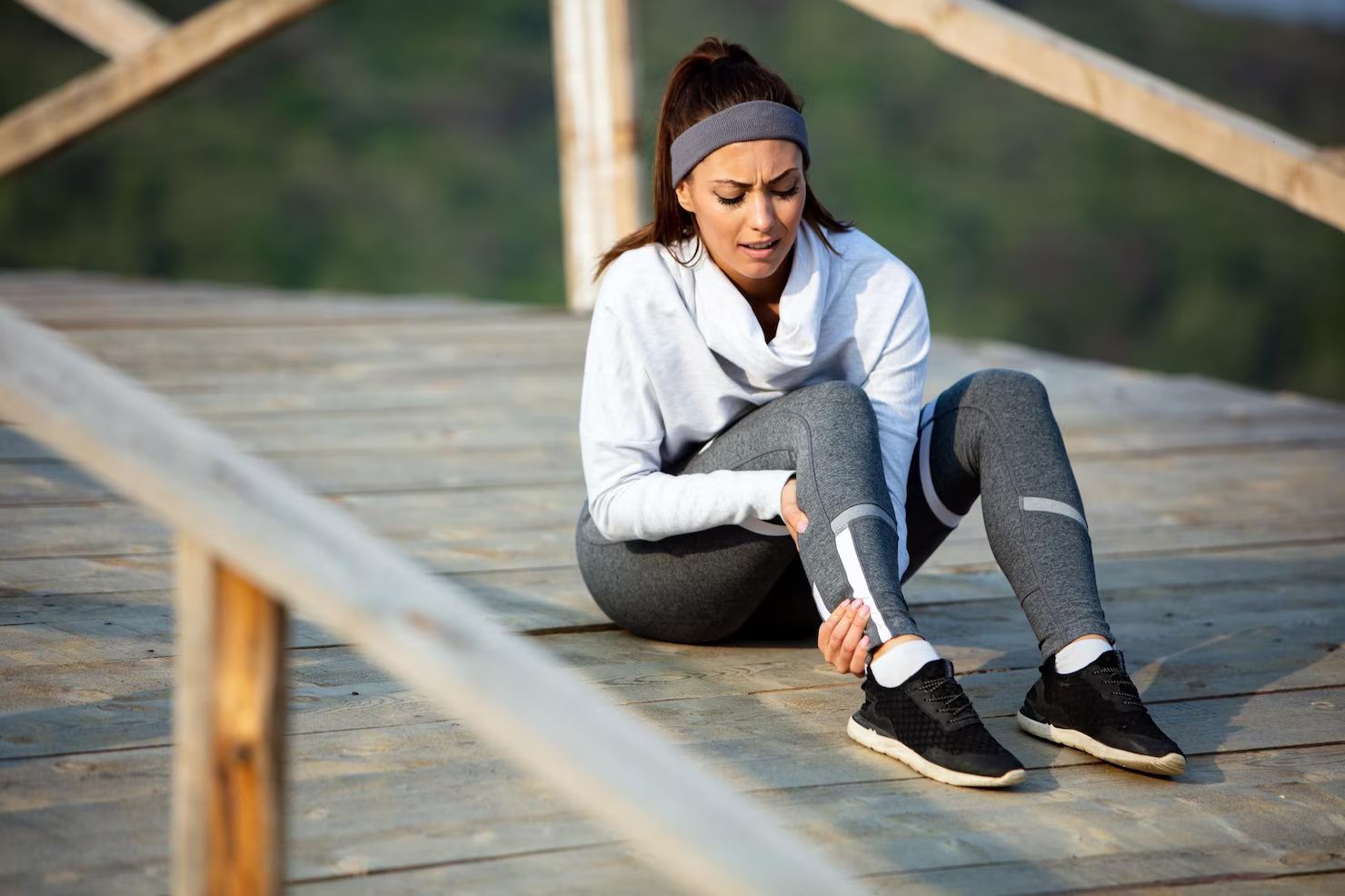Understanding Leg Cramp Relief: Key Facts, Explanations, and Useful Suggestions
Leg cramps are sudden, involuntary muscle contractions that commonly affect the calves, feet, or thighs. These episodes can last from a few seconds to several minutes and often strike during rest or at night. Although they are typically not harmful, the pain can be intense and disruptive, affecting sleep, routine activities, and overall comfort.

Muscle cramps occur when nerve signals trigger a tightening of muscle fibers that fail to relax. Several global factors contribute to this issue, including dehydration, electrolyte imbalance, muscle overuse, long periods of sitting or standing, aging, pregnancy, and certain lifestyle patterns. Understanding why these cramps occur helps individuals adopt effective relief and prevention strategies.
Importance
Leg cramp relief is an important global health topic for several reasons.
High prevalence worldwide: Many adults experience leg cramps occasionally, while older adults experience them much more frequently.
Sleep disruption: Nocturnal leg cramps can interrupt rest, reduce sleep quality, and impact productivity.
Lifestyle factors: Increasing global trends of sedentary work, travel, and long driving or sitting hours contribute to muscle tension and cramping.
Exercise and activity: Athletes, fitness enthusiasts, and physically active individuals across the world face cramps due to muscle fatigue or insufficient conditioning.
Health signal: Frequent leg cramps may sometimes indicate underlying health concerns such as circulation issues, nerve compression, or mineral deficiencies.
Because of their frequency and impact, global interest in leg cramp relief continues to grow across health, wellness, and fitness communities.
Recent Updates
Global research and wellness trends from 2024–2025 highlight several developments related to leg cramp relief:
Renewed interest in magnesium research (2024): Clinical studies across Europe and North America observed mixed results regarding the effectiveness of magnesium in reducing nocturnal leg cramps. Some participants experienced slight improvement, while others saw no change.
Focus on hydration-tracking wearables: Smartwatches and hydration-monitoring devices released in 2024–2025 now offer real-time hydration alerts, helping prevent cramps linked to fluid loss.
Shift toward neuromuscular stretching practices: Global physiotherapy communities emphasize dynamic mobility work instead of solely relying on static stretching for cramp prevention.
Sleep health awareness: Sleep researchers have documented that poor sleep posture or restricted circulation at night may trigger cramping, encouraging better sleep ergonomics.
Global sports guidelines: International sports organizations have updated hydration and muscle recovery recommendations to reduce cramp frequency in athletes competing in warm climates.
Laws or Policies
Leg cramp relief is influenced indirectly by global guidelines and regulatory frameworks:
Supplement regulation: Worldwide, dietary supplements such as magnesium, potassium, and calcium must meet safety and labeling standards set by regional authorities (e.g., FDA in the United States, EFSA in the European Union, TGA in Australia). These rules ensure product quality and prevent misleading health claims.
Health information transparency: Many countries have strengthened policies requiring accurate, evidence-based health content for consumer protection, influencing how leg cramp remedies are presented.
Professional practice standards: Telemedicine regulations in different regions determine how people can access virtual physiotherapy, nutrition consultations, or medical advice for recurrent cramps.
Workplace health guidelines: Global occupational health policies encourage movement breaks, ergonomic practices, and hydration access—important factors in reducing muscle strain and cramping among workers.
These policies support safe access to information and resources for people seeking relief around the world.
Tools and Resources
Helpful global tools, apps, and platforms that support leg cramp relief include:
| Resource Type | Examples | How It Helps |
|---|---|---|
| Hydration Tracking Apps | WaterMinder, Hydro Coach | Helps maintain consistent daily fluid intake |
| Nutrition Analysis Tools | Cronometer, MyFitnessPal | Tracks daily levels of magnesium, calcium, and potassium |
| Stretching & Mobility Apps | FitOn, StretchIt | Offers guided routines for leg flexibility and muscle relaxation |
| Wearable Devices | Apple Watch, Garmin, Fitbit | Provides hydration prompts, sleep analysis, and activity reports |
| Global Health Sites | World Health Organization, Mayo Clinic, Cleveland Clinic | Offers reliable information on leg cramps and muscle health |
| Sleep Tracking Tools | Oura Ring, SleepScore | Identifies sleep disruptions caused by nocturnal cramping |
These tools help individuals worldwide adopt preventive habits and monitor health factors that influence muscle cramps.
FAQs
What usually causes leg cramps?
Common causes include dehydration, electrolyte imbalance, muscle overuse, prolonged immobility, poor circulation, and sometimes nerve-related conditions. They can also occur without any clear trigger.
Are leg cramps dangerous?
Most leg cramps are harmless and temporary. However, if they occur frequently, interrupt sleep regularly, or are accompanied by numbness or swelling, professional evaluation may be helpful.
Do stretching and hydration really help?
Yes. Regular stretching and staying hydrated are among the most effective global recommendations for preventing cramps. They help improve muscle flexibility and reduce tension.
Is magnesium effective for cramps?
Magnesium may help some people, especially those with inadequate intake, but research results are mixed. It is not universally effective, and individuals should follow regional supplement guidelines.
How can I prevent leg cramps long-term?
Helpful strategies include:
Drinking adequate water daily
Eating mineral-rich foods
Stretching calves, hamstrings, and feet regularly
Maintaining good sleep posture
Avoiding prolonged sitting or standing without movement
Using mobility exercises for muscle conditioning
Conclusion
Leg cramps are a global concern affecting people of all ages and lifestyles. Although often harmless, they can disrupt sleep, limit comfort, and interfere with daily activities. Global research continues to explore causes and relief strategies, highlighting the importance of hydration, balanced nutrition, muscle conditioning, and proper sleep posture.
With the help of trusted resources, health tools, and globally recognized guidelines, individuals can better understand the causes of leg cramps and adopt practical steps toward long-term relief. Staying informed and paying attention to body signals can significantly reduce the frequency and severity of cramps, leading to better overall well-being.






